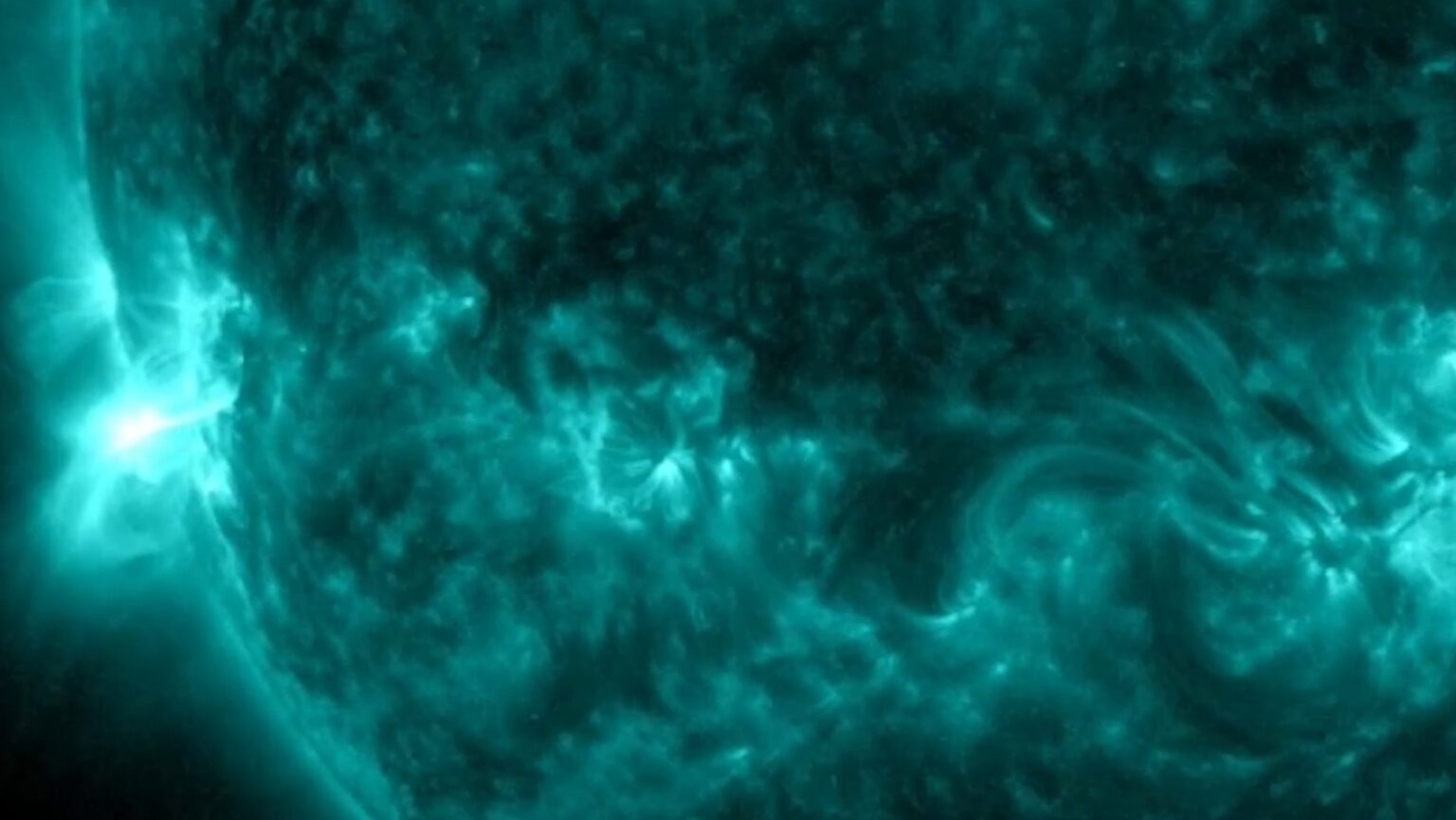On June 20, at 20:09 Kyiv time, a class X solar flare, the strongest type of solar electromagnetic radiation, occurred on the Sun. Footage of the flare was captured by NASA’s Solar Dynamics Observatory, which continuously monitors solar activity along with other satellites of the agency and observatories from the European Space Agency and other organizations.

“Solar flares are powerful bursts of radiation. The radiation from the flare cannot penetrate Earth’s atmosphere to physically affect humans on Earth. However, with sufficient intensity, flares can disrupt the atmosphere at the layer where GPS and communication signals pass through,” NASA stated on their Twitter page.
The flare was associated with a coronal mass ejection (CME), a massive cloud of superheated plasma ejected by the Sun into space. The ejection was not directed toward Earth, which means that bright polar auroras should not be expected. However, the solar plasma can create a vibrant light show on Mars, visible to orbiting spacecraft such as NASA’s Mars Atmosphere and Volatile Evolution (MAVEN).
Currently, the Sun is approaching the peak of its 11-year activity cycle, which will occur in 2025. As a result, numerous solar spots are appearing on its surface. Solar spots are regions of magnetic activity that serve as starting points for flares and CMEs.
Solar flares are generally harmless to humanity. We only witness them as light shows in the skies of northern regions of Earth. However, NASA and other agencies monitor the Sun in case warnings are needed to protect critical infrastructure such as power grids or satellites, which may be damaged by severe solar storms.
Previously, we reported on why polar auroras are rare in Ukraine.

